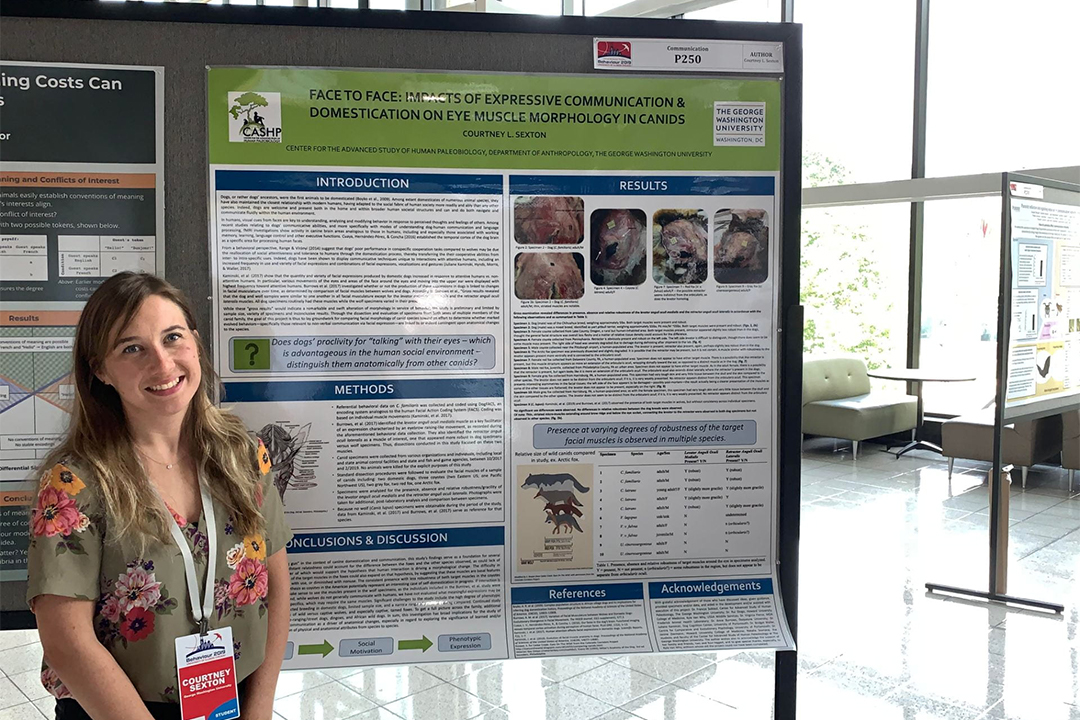Scientists may have come one step closer to figuring out what makes humans look and act like humans, according to a new study published in Science Advances this month. A team of researchers has identified a gene that plays a major role in the development of craniofacial and social characteristics that are distinguishing features of anatomically modern humans.
Identifying BAZ1B, as the gene is known, is a major advancement as it provides the first physiological evidence for a popular theory contending that modern humans, as a species, “self-domesticated” to a much more significant degree than did our archaic human relatives, Neanderthals and Denisovans.
The BAZ1B gene is one of 28 genes involved in Williams-Beuren syndrome (WBS), a condition with physical and behavioral effects that can include disruption to craniofacial development and extreme friendliness.
The WBS suite of genes has been previously established as a region of interest to scientists studying human origins because variants of the gene are linked to hypersociability in domesticated animals like dogs.
A defining characteristic of the human species is that, unlike our closest living primate relatives, chimpanzees, we have evolved reduced aggression to function more effectively in a social-living environment. With reduced aggression, typical primate facial features like pronounced canine teeth and robust brow-ridges are also reduced in our species. Scientists refer to this process as ‘self-domestication’ because it was driven by evolutionary adaptations, rather than deliberate breeding as with plant and animal domestication.
Previous domestication research has identified neural crest stem cells as major contributors to the changes in temperament and physical appearance that occur when a species is domesticated, as in dogs from wolves, for example. This most recent study implicates BAZ1B as a major regulator of neural crest development, and specifically of the modern human face.
Importantly, the study also demonstrated a new way to use CRISPR gene-editing technology — which could be beneficial in a variety of future applications — and found that the genes involved in neural crest development are also important to brain circuits that are critical to cognitive processes like language. The scientists uncovered downstream of BAZ1B genes, including the famous FOXP2, that are well known for their importance for vocal learning in several species.
This new genetic link between self-domestication and higher order processing capabilities could also suggest that being friendly helped us become smarter. Those individuals with less aggression and a more approachable appearance would be better-suited to group living, sharing, and establishing a social structure that could then engender increased learning, innovation and cognition.


